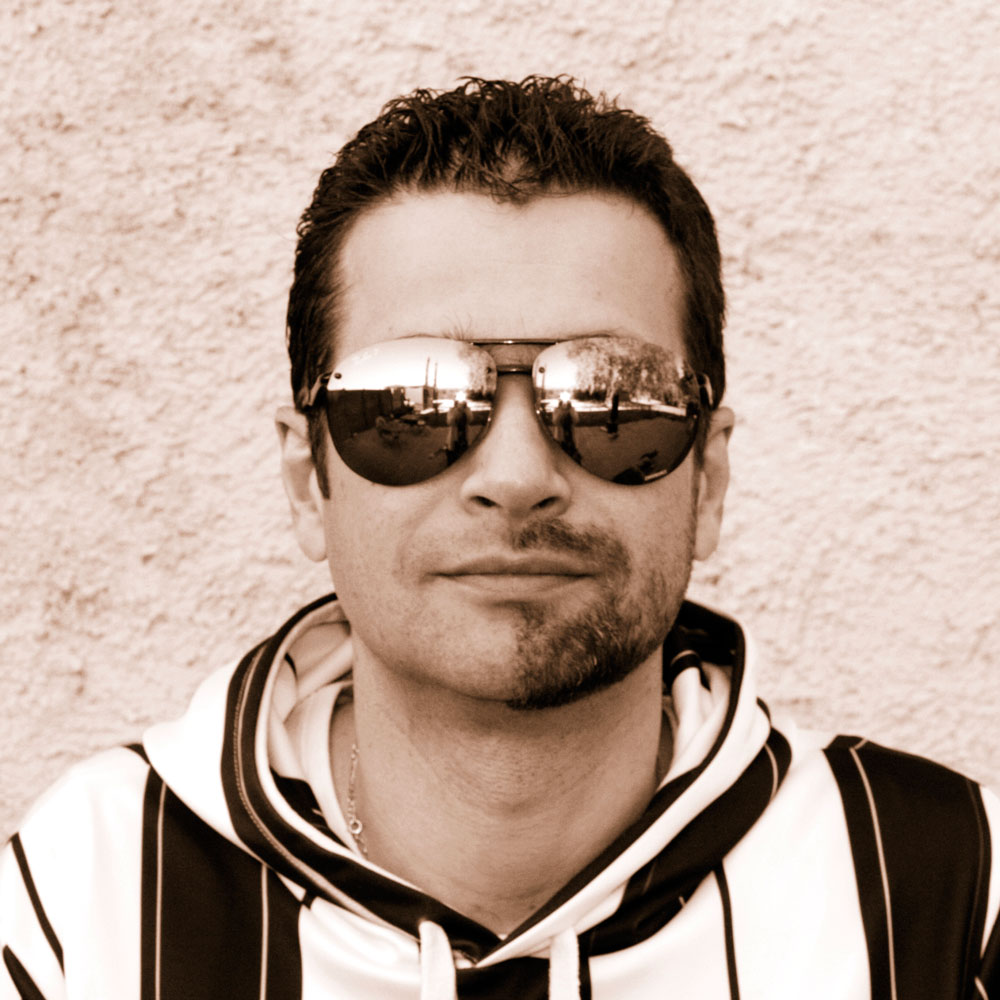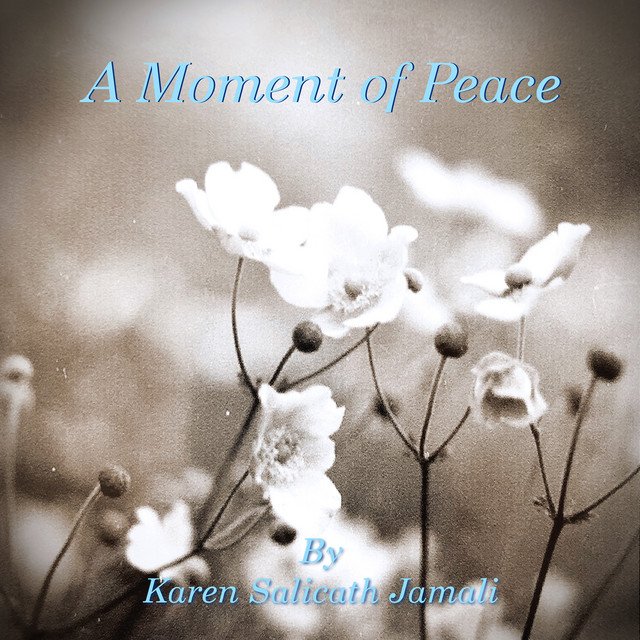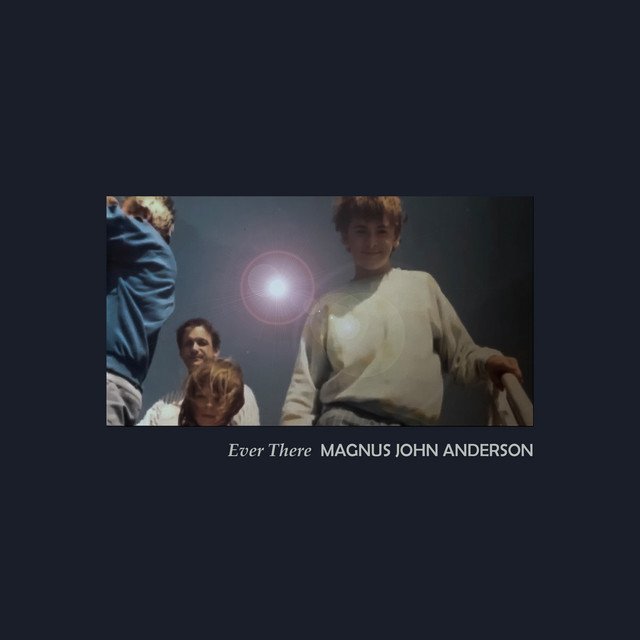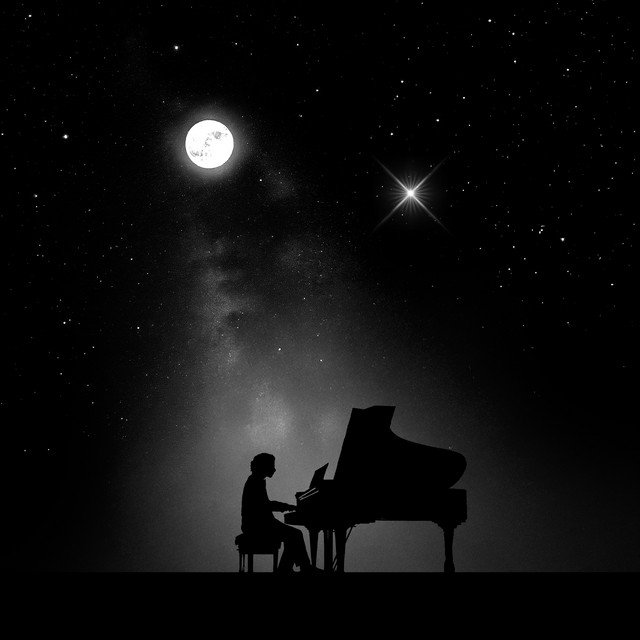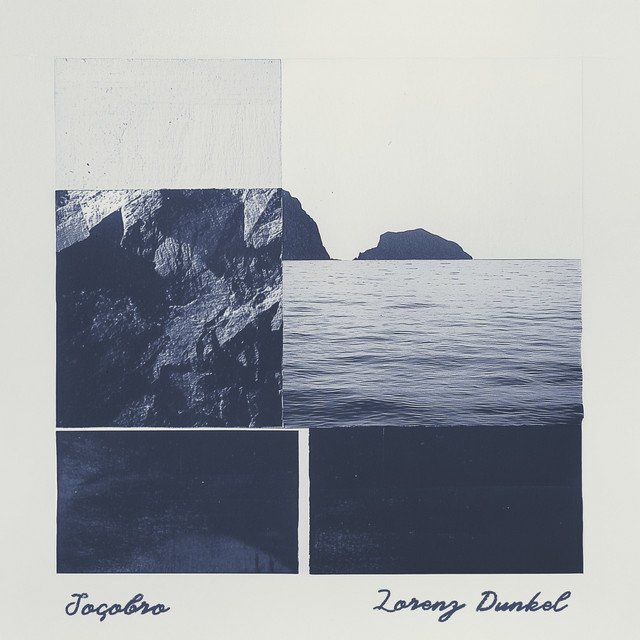Neoclassical Music ⁞ New Releases⁞ Artist Interviews⁞ Music News
Introduction of Neoclassical Music
Neoclassical music is a style of classical music that is characterized by its use of traditional forms and styles, as well as a focus on structure and balance. It is often seen as a reaction against the romantic style of music, which was characterized by emotion and passion, and was influenced by the ideas of the Enlightenment, which valued reason and classical learning.
Some of the key features of neoclassical music include the use of traditional forms such as sonata form, the use of clear and concise melodies, and the incorporation of elements of folk music and popular music. Neoclassical music also often featured a return to tonality, which is the use of a specific key or tonal center in a piece of music.
The neoclassical style has had a lasting influence on classical music, and it continues to be an important part of the classical repertoire
Favorite Neoclassical Music on Spotify
Favorite Neoclassical Videos on Youtube
Recent Neoclassical Interviews
Kristine Bratlie Interview on Nagamag
.
Nagamag:
What are the genres that describe better your music style?
Kristine Bratlie:
I like to call my music style a cross over between classical piano music, film, musical and jazz. It stretches in multiple directions, often even inside one song.
Nagamag:
Few words about your musical background and career?
Kristine Bratlie:
I am a norwegian classical pianist that developed into a composer, curios about HOW I could reach peoples heart with my music.
My musical education is from academies in Oslo, Norway and Salzburg, Austria (the birthplace of Mozart).
After turning back home, doing concerts and teaching with classical piano literature, I eventually started publishing music, both piano, chamber music and singing.
Now I live in Sweden, in a small town called Aneby.
Nagamag:
Do you remember your first connection of love to music that was the right impact to be a music artist now?
Kristine Bratlie:
I started to play piano at the age of 9, and had many fine years developing. But what I think gave me that boost, that feeling of joy and meaning was when I began singing (and playing) in a gospel choir at 13. I felt this inspiration from the harmonies, the rhythm, the joy. It became really a manifestation of music in my soul.
Nagamag:
Most artists have a favorite song from a different music genre than the one they are producing music for... Which is yours?
Kristine Bratlie:
Tiziano Ferro "Lo Stadio"
Nagamag:
Of Course Nagamag would love to listen also which track from a similar artist you admire?
Kristine Bratlie:
Ludovico Einaudi "Una Mattina"
Andrei Poliakov Interview on Nagamag
.
Nagamag:
What are the genres that describe better your music style?
Andrei Poliakov:
The foundation of my works is a well-educated neoclassical, romantic soundscape, but as soon as the music begins, it starts looking for cross-over opportunities to develop into an exciting house-party, jazz, pop, or electronic music, all these easily transforming to warm classical follow-ups – hence the eclectic style which I hope helps me tell better stories without words.
Essentially, I treat a musical genre as an additional color for the compositions, like seasoning in food; these colors help me get the emotions across and tell the stories to the listener with better precision and stronger impact:
I do not feel bound by a genre or a style, and instead I use and abuse the variety of styles to paint a deeper and more colorful, meaningful musical picture. Nevertheless, the Piano is always staying as a centerpiece of my compositions as I believe the richness and diversity of sounds of the “king of music” easily trumps any other instrument I know
Nagamag:
Few words about your musical background and career?
Andrei Poliakov:
I am a professional musician, composer and producer, received a fundamental classical music master education as a pianist and an oboist in Russia, and then continued with the professional musical career performing with world-renowned orchestras. Later I diversified my musical taste and capacity into jazz, rock, and pop genres, performing and recording with various bands and solo.
Since 2012 I have been living in Switzerland, Geneva, engaging into various professional activities both in artistic and business domains.
Nagamag:
Do you remember your first connection of love to music that was the right impact to be a music artist now?
Andrei Poliakov:
I started learning piano at a very early age of 3 or 4 years old: my parents are pianists and music has always been in the center of my life.
When I was in school (yes, seriously underage…) my favorite pastime while cutting lessons was to grab a couple of friends, buy a box of beers, go to a nearest abandoned building (which we had a lot in Russia in the 90s), sit down on a window sill, take a sip of a cold one, and put the 6th symphony by Tchaikovsky, or the 2nd (no, 3rd… any of them!) Rachmaninov’s piano concerto on a Walkman and basically drown in emotions and thoughts… and beer.
Hence, the music that has influenced me the most, comes from the second half of 19th – first half of 20th century – and I must admit, most of it is Russian music or music with Russian roots. Rachmaninov, Tchaikovsky, Skryabin, Mussorgsky, Rimsky-Korsakov, Prokofiev, Shostakovich, Stravinsky – but also Mahler, Bruckner, Richard Strauss – these composers influenced my taste the most. Depth of thought, wide array of emotions, unimaginable soundscape and extremely clever and elegant arrangement solutions; beautiful harmonies and melodies…
Being a teenager, I of course dived into the world of rock and pop music, starting with The Beatles - the band that still remains my all time favorite, and all the usual suspects: Queen, Michael Jackson, Metallica... and this journey continues to date.
Nagamag:
Is there a story behind your latest release "Moonlight" and would you like to share it?
Andrei Poliakov:
I dedicated this short piano essay to the Moon and to the most beautiful village in the world: Céligny - a tiny little place in Switzerland, where I live.
Céligny is inhabited by incredibly kind, smart, and very warm people, has an unbelievably rich and beautiful nature, and stunning views along with very old historical houses drowning in floral multi-coloredness, and there is #MontBlanc 🏔 on the horizon... and don't get me started on the birds' chirping and singing...
Once it was a home for Elizabeth Taylor and Richard Burton, the latter is buried in the old cemetery of the village.
Céligny is an unfathomably cozy place on this planet, and I feel very blessed to have had a chance to engrave my very intimate memories of this village.
I have actually composed the Moonlight in the heart of a former water mill!
And then one early morning in February I woke up and couldn’t fall asleep again. I decided to go for a walk and took along a video camera, and there was a full Moon in the skies! I was so enchanted and intrigued by mysterious flair of that morning that I couldn’t stop the camera running - and then I decided to use some of that footage for the video of this track.
Nagamag:
Is Moonlight going to be a part of a bigger project you are working on right now?
Andrei Poliakov:
Yes, this new solo piano release “MOONLIGHT” is continuing to form my live album “Moonlight & Sunshine”, and it follows the previous releases of 2020: “Declaration of Love”, “Lullaby”, and “La Promenade in Paris”
The “Moonlight & Sunshine” album has an uncommon approach for the neoclassics genre: every next release features 2 different versions of one motive, coming to life as a piano solo piece, interpreting a narrative in the moonlight, and as a fully arranged piece, revealing the same story under the sunshine.
The album has been evolving live on the major streaming platforms as a playlist (Spotify, Apple Music, YouTube and others), thereby gradually forming the full album as new pairs of tracks are released.
The album Moonlight & Sunshine on Spotify: https://open.spotify.com/playlist/3MCyNWldBXCbZdLKehspn2?si=882c2e2dc09d4074
In a few weeks I am planning to follow up and release the fully arranged track called "Sunshine", which is inspired by the melodics of Moonlight, but features a duet of piano and violin (played by a very talented violinist from Russia) and other instruments.
Nagamag:
Most artists have a favorite song from a different music genre than the one they are producing music for... Which is yours?
Andrei Poliakov:
The Beatles "Here comes the Sun"
Nagamag:
Of Course Nagamag would love to listen also which track from a similar artist you admire?
Andrei Poliakov:
Ludovico Einaudi Una Mattina
Neoclassical Features
Fresh Find Review: “A Moment of Peace” by Karen Salicath | Now that’s a Neoclassical Discovery
Music Review:
“Melancholic and very emotional atmosphere, perfectly capturing its title. Beautiful and playful dynamic of the composition is accompanied with amazing arrangement that fully evoke classical composition. Piano themes are mesmerizing, layered with wonderful arrangement, that captures the overall feeling perfectly. ”
-Nagamag.com
Dream (Live from The Home Concert) – Alex Solely
“Mesmerizing and incredibly calming atmosphere of this piano beauty engage deeply within first notes. Harmonic structure and composition is done in a beautiful way, reminiscing the movie themes with its depth that can be felt within this blissful keys. It feels like a roller coaster of emotions that tingle us with every note.”
-Nagamag.com
Latest Neoclassical discoveries
Track Review: Magnus John Anderson – Ever There | Neoclassical
Οι χτύποι της καρδιάς γίνονται πιο γρήγοροι και η εξαίσια μελωδία φωνάζει μέσα μου και θλίβεται μαζί μου. Όμως η αισιόδοξη πλ... >>> Read full review & listen to the song on Nagamag #neo #modernclassical #cinematic #epicmusic #ambient #magnusjohnanderson #sweden #nagamag #musicmagazine #musicreview #review
Fresh Find Review: Erwann Balthazar – Mon étoile | Neoclassical Discovery
Με μια ευχάριστη λαχτάρα η μελωδία έρχεται να μας πλησιάσει και να μας θυμίζει μια μεγάλη αγάπη. Απαλά και με διακριτικότητα ... >>> Read full review & listen to the song on Nagamag #piano #nagamag #musicmagazine #musicreview #review
Next Up Neoclassical Review: Aryaman Natt – Scent of Summer
Χαμένος μέσα στις χαρούμενες νότες του πιάνου νιώθω μια ανέλπιστη αισιοδοξία και όλα τώρα μοιάζουν πιο εύκολά και πιο απλά. Η... >>> Read full review & listen to the song on Nagamag #piano #nagamag #musicmagazine #musicreview #review
Music Review: Alex Solely – Alone (Live) | Neoclassical Release
Πόση ηρεμία και γαλήνη μας μεταφέρει αυτή η μελωδία. Εισχωρεί μέσα μας με τόση ευκολία και κάνει τους χτύπους της καρδιάς μας... >>> Read full review & listen to the song on Nagamag #cinematic #nagamag #musicmagazine #musicreview #review
Fresh Find Review: Oxiroma – Hug & Hold the Ocean (Piano Version) | Neoclassical Discovery
Μέσα από αυτή την υπέροχη μελαγχολική μελωδία βρίσκω την ευκαιρία να μιλήσω με ειλικρίνεια στον εαυτό μου. Οι μαγικές νότες τ... >>> Read full review & listen to the song on Nagamag #neo #modernclassical #cinematic #epicmusic #solopiano #oxiroma #cyprus #nagamag #musicmagazine #musicreview #review
Music Critique: Martin Martyn – Diary | Neoclassical Review
Η ηρεμία της όμορφης αυτής μελωδίας εισχωρεί μέσα σου και μαλακώνει τις πληγές σου. Όλα μοιάζουν τόσο απλά και εύκολα τώρα κα... >>> Read full review & listen to the song on Nagamag #neo #modernclassical #martinmartyn #japan #nagamag #musicmagazine #musicreview #review
Release Critique: “Intermezzo 1” by Lorenz Dunkel | Neoclassical Review
World of ethereal melodies of this gentle piano themes is really enchanting. Its harmonic piano structure brings depth of emo... >>> Read full review & listen to the song on Nagamag #piano #nagamag #musicmagazine #musicreview #review
Feature Review: Karen Salicath – The LIght of Angel Seraphiel | An essential Neoclassical Song
Ένας αέρας ελευθερίας πνέει μέσα μου καθώς οι νότες του πιάνου ξετυλίγουν το κουβάρι της ιστορίας τους. Η εκπληκτική, ρομαντι... >>> Read full review & listen to the song on Nagamag #piano #nagamag #musicmagazine #musicreview #review
Music Review: Akamatsu – Novembre | Neoclassical Release
Μέσα στην ησυχία της βραδιάς αυτή η υπέροχη μελωδία γράφει τις δικές της ιστορίες και μας γεμίζει συναισθήματα αγάπης. Δεκάδε... >>> Read full review & listen to the song on Nagamag #acoustic #nagamag #musicmagazine #musicreview #review
Difference between Classical and Neoclassical Music
Classical music refers to a broad range of music written in the classical tradition, which encompasses a wide range of styles and forms. It is generally characterized by its formal structure and its use of traditional instruments and ensemble configurations.
Neoclassicism is a style of music that refers to the revival and use of classical forms and styles in music, particularly in the 18th and early 19th centuries. It is characterized by its use of clear, concise forms and a focus on structure and balance. Neoclassicism was a reaction against the romantic style of music, which was characterized by emotion and passion, and was influenced by the ideas of the Enlightenment, which valued reason and classical learning.
Some of the key differences between classical and neoclassical music include:
Time period: Classical music refers to music written during the classical period (1730-1820), while neoclassicism refers to music written after the classical period that incorporates elements of classical forms and styles.
Emphasis on structure: Classical music is known for its formal structure and the use of traditional forms such as the sonata and the symphony. Neoclassical music also places a strong emphasis on structure, but may also incorporate elements of popular music and folk music.
Emphasis on emotion: Classical music is often more reserved and formal in its emotional expression, while neoclassicism tends to be more emotional and expressive.
Use of tonality: Both classical and neoclassical music use tonality, but neoclassicism often incorporates a wider range of tonal structures and may experiment with atonality.
Use of traditional instruments: Both classical and neoclassical music use traditional classical instruments such as strings, woodwinds, brass, and percussion. However, neoclassicism may also incorporate elements of popular music and folk music, and may use a wider range of instruments.
Overall, the main difference between classical and neoclassical music is the time period in which the music was written, and the specific techniques and styles used by the composer. Classical music is generally more formal and reserved in its expression, while neoclassicism tends to be more expressive and may incorporate elements of popular music and folk music.
The most used instruments in Neoclassical Music
In neoclassical music, the most common instruments used are those found in the classical orchestra, including:
Strings: Violin, viola, cello, double bass
Woodwinds: Flute, oboe, clarinet, bassoon
Brass: Trumpet, French horn, trombone, tuba
Percussion: Timpani, snare drum, bass drum, cymbals, xylophone, marimba, triangle
Keyboard: Piano, harpsichord
These instruments are often used to create a wide range of textures and sounds, and are featured in many different types of classical music, including neoclassical music. In addition to these instruments, many composers also incorporate elements of popular music and folk music into their compositions, and may use a variety of other instruments such as guitars, bass, drums, and synthesizers.
It’s also worth noting that many composers and performers of neoclassical music are skilled in a variety of different instruments, and may switch between different instruments in order to achieve the desired sound and texture.
Vocals are sometimes used in neoclassical music, although they are not as common as instrumental music. When vocals are used in neoclassical music, they are typically performed by trained classical singers who have the ability to sing with precise pitch and control.
One common use of vocals in neoclassical music is in operatic compositions, where singers perform arias and recitatives in a style that is similar to traditional opera. Neoclassical opera is a subgenre of classical music that combines elements of traditional opera with elements of neoclassicism, and often incorporates elements of popular music and folk music.
In addition to operatic vocals, vocals may also be used in other forms of neoclassical music, such as choral music or vocal chamber music. Some composers may also incorporate elements of popular music or folk music into their compositions, and may use vocals in a more modern or experimental style.
It’s worth noting that the use of vocals in neoclassical music is highly dependent on the individual composer and the specific piece of music, and not all neoclassical compositions will feature vocals.


